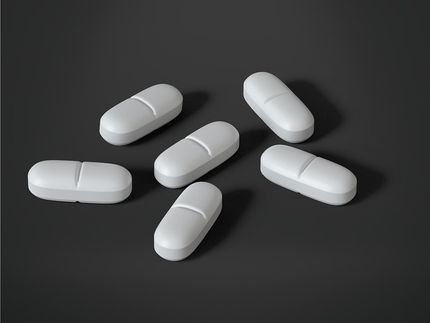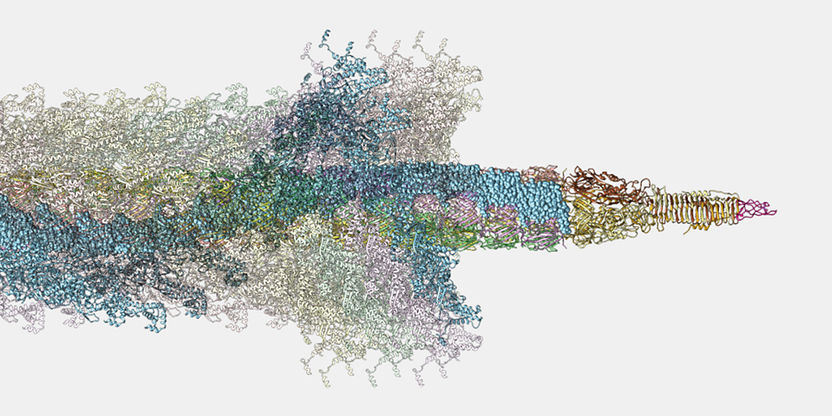Common blood test could predict risk of recurrent stroke
A new discovery about ischemic stroke may allow to doctors to predict patients' risk of having a second stroke using a commonly performed blood test and their genetic profile.
Researchers have linked high levels of C-Reactive Protein, an enzyme found in the blood, with increased risk for recurrent ischemic stroke. C-Reactive Protein (CRP) is produced in the liver in response to inflammation, and it is already checked to measure people’s risk of developing coronary artery disease. The new research suggests it could be a useful tool for ischemic stroke patients as well.
“The biggest risk of death for someone who has already had a stroke is to have another one,” said School of Medicine researcher Stephen Williams, PhD. “So it’s really important to be able to try and target those individuals who are at the highest risk for the thing that very well may kill them.”
Ischemic stroke risk
Ischemic strokes result from blockages preventing blood flow to the brain; they are responsible for approximately 85 percent of all stroke cases. (Hemorrhagic strokes, on the other hand, occur when blood vessels burst and bleed into the brain.)
To better understand ischemic stroke, Williams and his colleagues set out to determine how our genes affect the levels of biomarkers such as CRP in our blood. Not only did they find that elevated CRP levels suggest increased stroke risk, they identified gene variations that drive those risks.
“So we have the genetics influencing [CRP] levels, which then increases the risk of having a recurrent stroke. Then we went back and said all right, can we predict the increased risk purely based on the genetics, which we were able to do,” Williams said. “There’s this shared genetic susceptibility not only for increased C-Reactive Protein but for increased risk for stroke. We could estimate what’s called a hazard ratio – basically the increased risk for having or not having a second stroke – based on the genetics.”
Williams, of the Department of Neurology and the Center for Public Health Genomics, envisions a day when doctors might focus on CRP levels and a patient’s genetic makeup to determine the patient's overall risk for a second stroke. But even CRP levels alone could be a useful tool in assessing risk after the initial stroke. “Getting a CRP measure on someone is really simple. It’s just a blood draw. You don’t have to take something like a biopsy which patients might have an aversion to,” Williams said. “It’s not very expensive, and it’s part of routine workups that could be done for patients. However, combined with genetic information, we may have even more power to identify those at greatest risk.”
Original publication
Other news from the department science

Get the life science industry in your inbox
By submitting this form you agree that LUMITOS AG will send you the newsletter(s) selected above by email. Your data will not be passed on to third parties. Your data will be stored and processed in accordance with our data protection regulations. LUMITOS may contact you by email for the purpose of advertising or market and opinion surveys. You can revoke your consent at any time without giving reasons to LUMITOS AG, Ernst-Augustin-Str. 2, 12489 Berlin, Germany or by e-mail at revoke@lumitos.com with effect for the future. In addition, each email contains a link to unsubscribe from the corresponding newsletter.























































